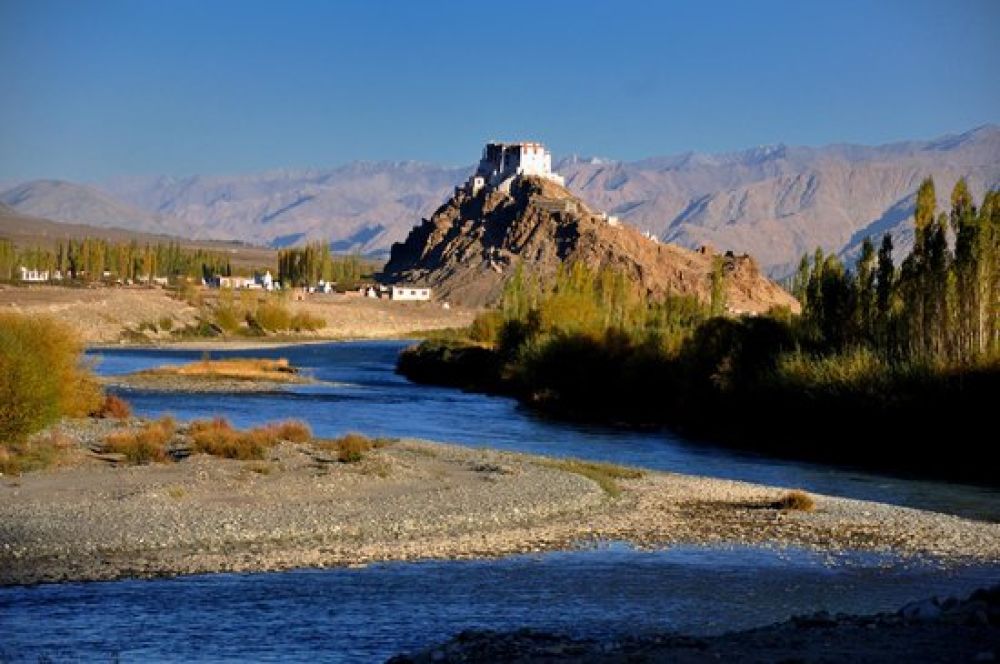

The serene and picturesque region of Ladakh, nestled in the Himalayan ranges of Northern India, has long been a unique travel destination, drawing visitors with its otherworldly landscapes, rich cultural heritage, and spiritual serenity. One of its jewels is the Stakna Monastery, a place that embodies the essence of Ladakh's spiritual and cultural life.
Stakna Monastery, also known as the Stakna Gompa, is a remarkable example of Buddhist architecture and heritage in Ladakh. It was founded in the late 16th century by a Bhutanese scholar and saint, Chosje Jamyang Palkar. The name ‘Stakna’ translates to ‘tiger’s nose’ in the local language, which it derives from its position on a hill that resembles the shape of a tiger’s leap. Over the years, the monastery has become a repository of Buddhist teachings and a center for spiritual learning.
The monastery is part of the Drugpa sect, which is one of the eight schools of Tibetan Buddhism. It boasts a number of exquisite statues, thangka paintings, and a revered gold-plated statue of Lord Buddha. Tourists and followers alike are drawn to the monastery to witness its splendid art and take part in the peaceful atmosphere that surrounds it.
While Ladakh was opened to tourists in the 1970s, Stakna Monastery has seen a steady increase in visitors ever since. Its accessibility and proximity to the town of Leh make it a convenient stop for tourists exploring the region. The monastery offers a glimpse into the life of Buddhist monks and the chance to partake in the daily prayers and rituals - a deeply enriching experience for many travelers seeking spiritual solace.
In recent years, tourism in Ladakh, including visits to Stakna Monastery, has been influenced by several trends:
In conclusion, Stakna Monastery in Hemis is not only a place of religious significance but also a beacon for tourists seeking both adventure and tranquility in the heart of the Himalayas. As tourism evolves, it is essential to maintain the balance between welcoming visitors and preserving the sanctity and ecological balance of this magnificent region.